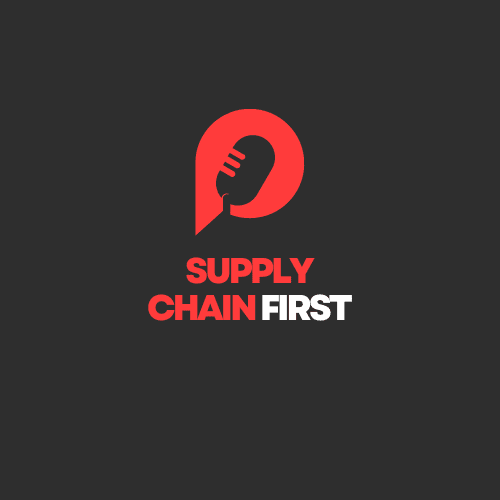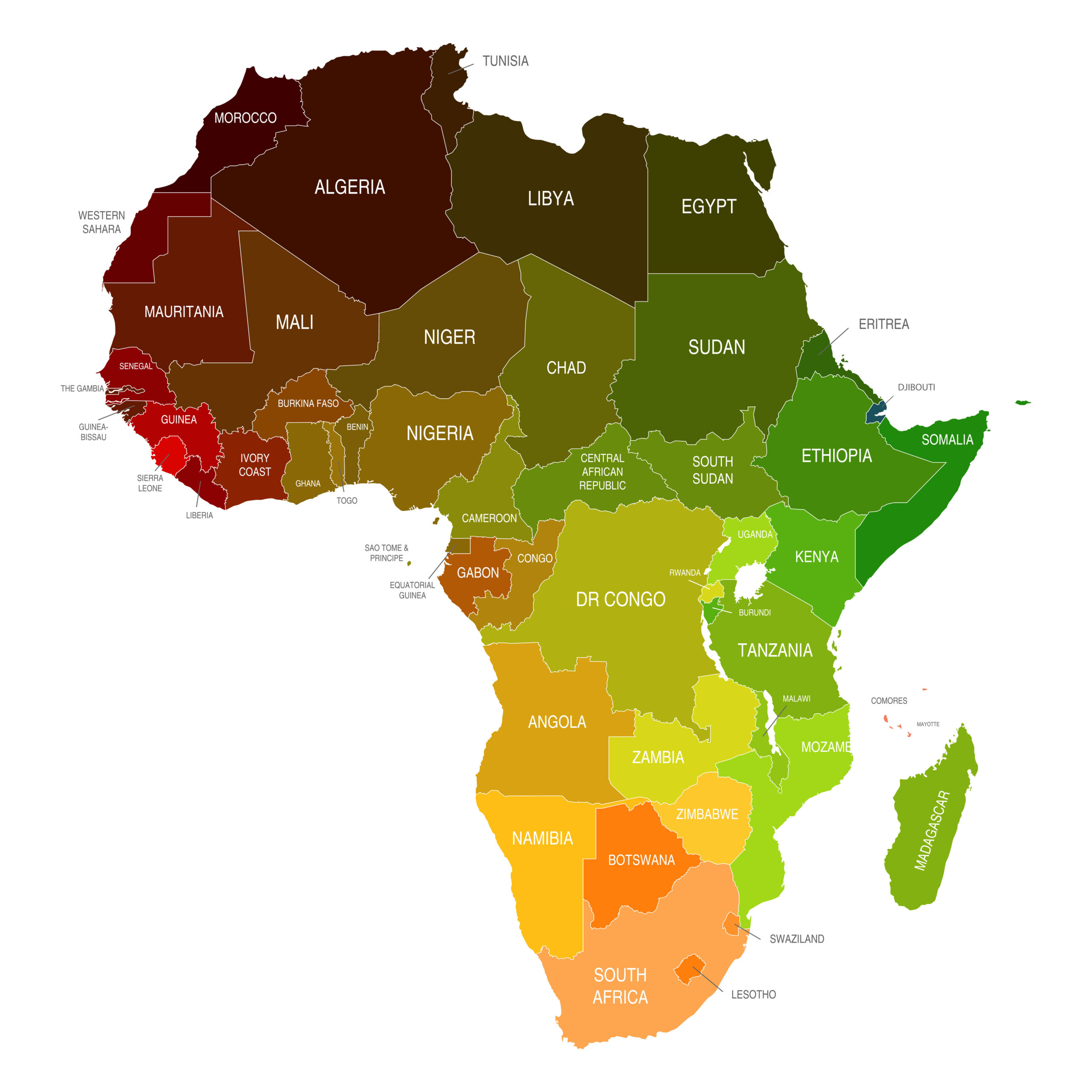Global Supply Chain Slowdown in July as Factory Purchases Decline – GEP Index Report

U.S. Manufacturers Slash Orders, Asian Factories Weaken, and Europe’s Recovery Stalls in July.
Global supply chain activity fell in July as U.S. manufacturers scaled back purchases of materials and components. Following heavy inventory stockpiling in June during the ‘tariff pause,’ companies cut new orders sharply, according to the GEP Global Supply Chain Volatility Index.
The index dropped to -0.35 in July, down from -0.17 in June, reflecting greater spare capacity across global supply chains. North America drove the decline, with its index falling sharply to -0.33 from -0.06. The drop followed a June surge, when U.S. manufacturers accelerated orders ahead of expected tariff changes. By July, however, purchasing of inputs, including materials, components, and commodities, had slowed considerably, suggesting weaker demand ahead.
“When we remove companies’ front-loading inventories and rerouting goods to avoid tariffs, the underlying picture points to slowing manufacturing demand worldwide,” said John Piatek, vice president, consulting, GEP. “The July data shows a clear pullback in orders, with U.S. manufacturers preparing for lower demand going forward.”
Regional Insights
The GEP Global Supply Chain Volatility Index tracks major global regions but does not include Africa, so these trends reflect activity outside the continent.
Asia: Factory purchasing activity in Asia remains weak, with Japan and South Korea showing growing signs of strain Taiwan’s factories are also experiencing an accelerated downturn, adding pressure to the already fragile regional manufacturing landscape. While China saw a slight uptick in factory buying in July after two months of decline, the broader regional outlook remains precarious.
Europe: The continent’s industrial recovery showed signs of faltering, with the index falling sharply to -0.30 from 0.01. Germany’s slowed rebound underscores the vulnerability of Europe’s manufacturing sector and the fragility of its broader industrial recovery.
United Kingdom: The U.K. continued to face mounting supply chain pressures, as its index dropped to -0.58 from -0.41. Elevated spare capacity indicates that manufacturers are struggling to maintain operations, signalling persistent weaknesses across the country’s industrial landscape.
Category Trends
Inventories: Safety stockpiling eased in July, suggesting lower concerns over supply bottlenecks or sudden price surges.
Labour & Transportation: Staffing levels and transportation costs remained stable, showing no immediate signs of inflationary pressure from these sources.













